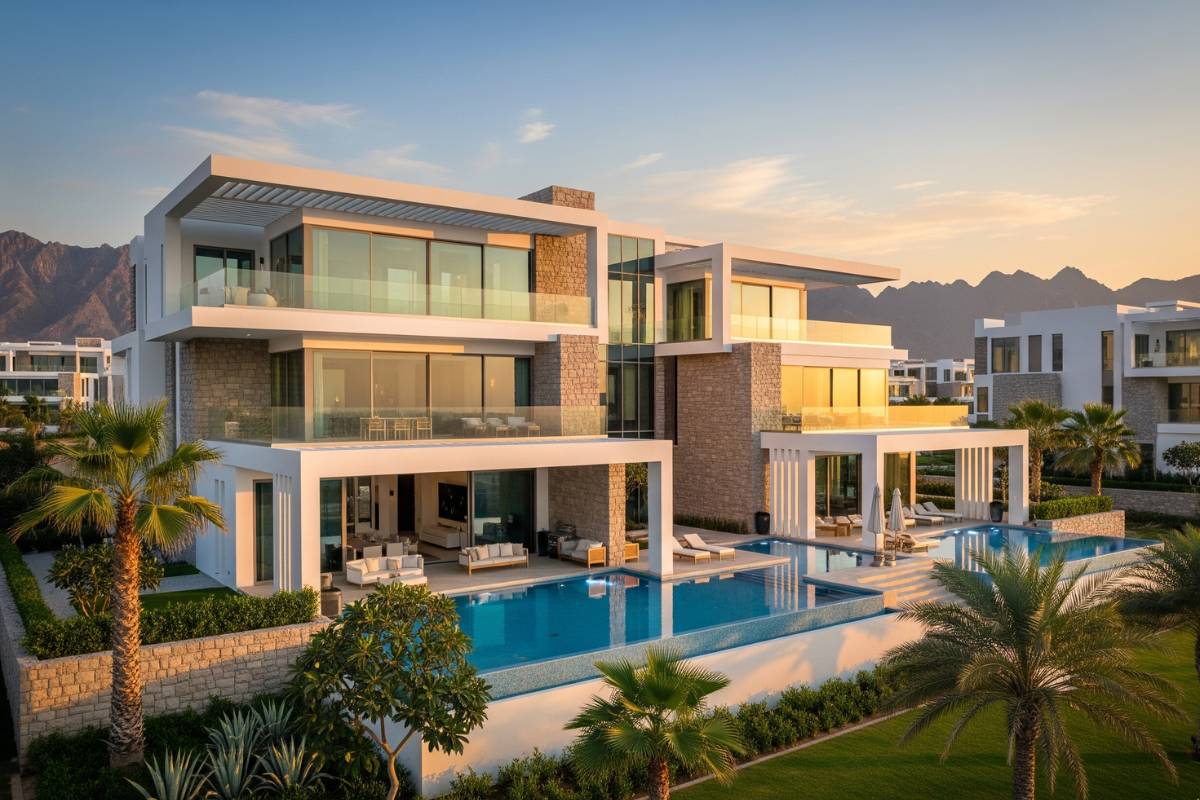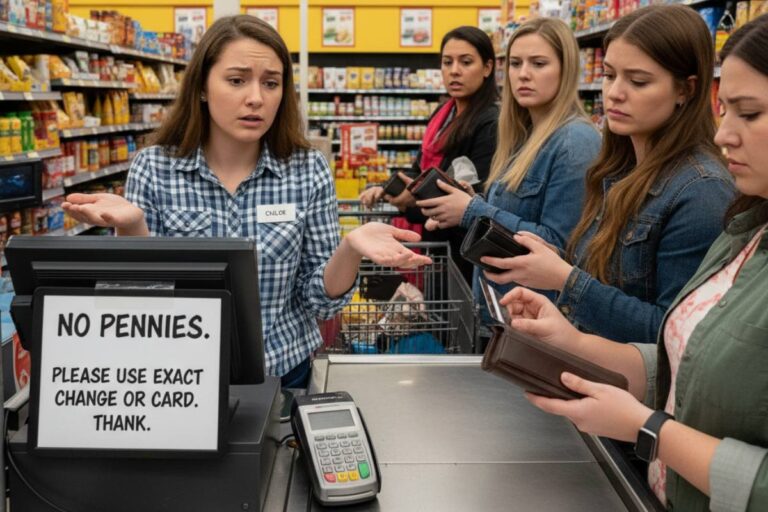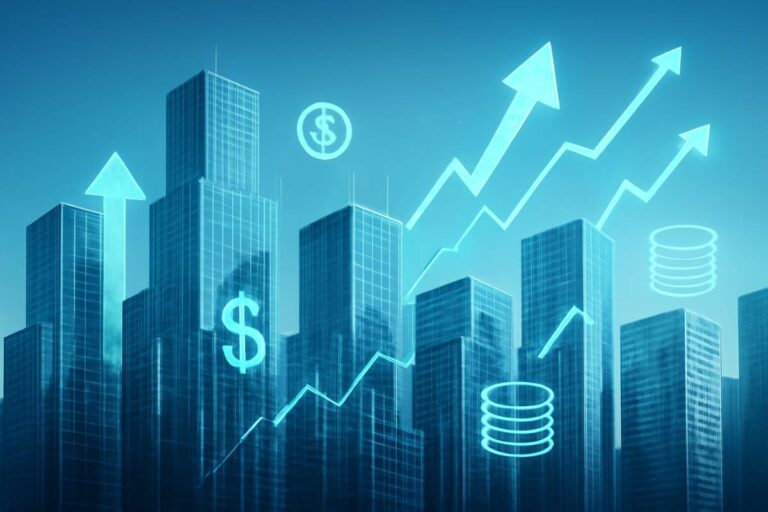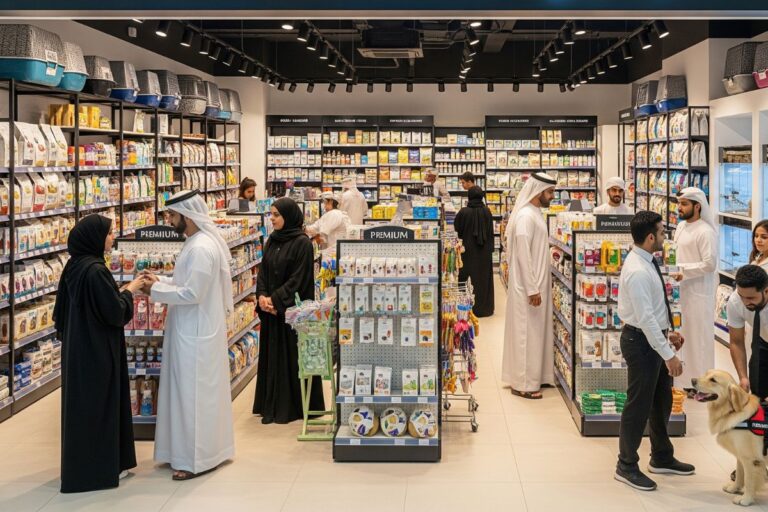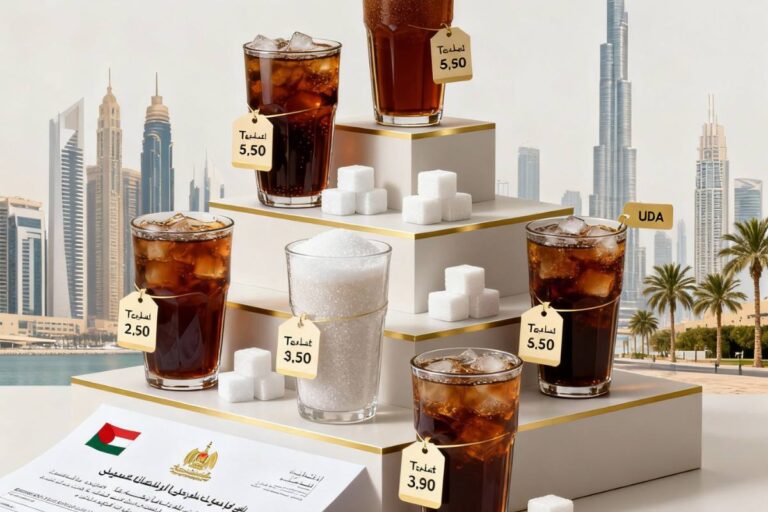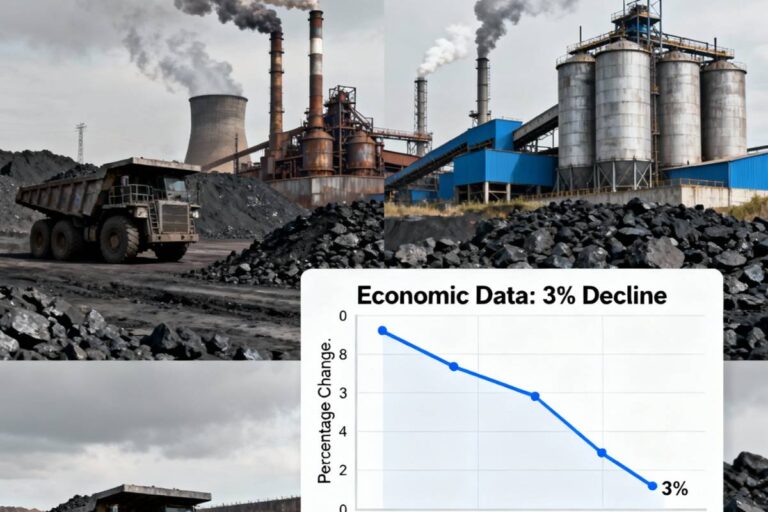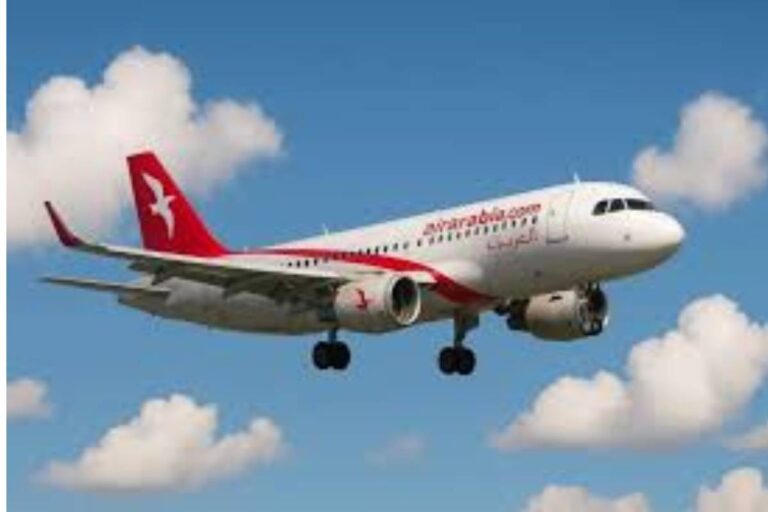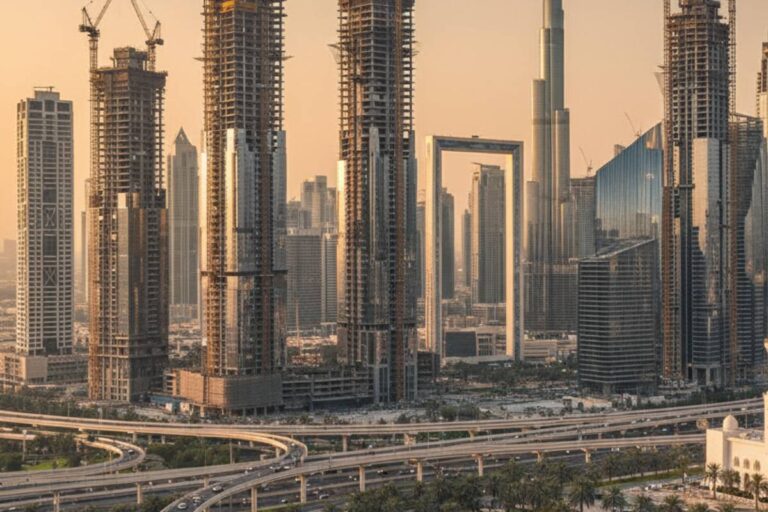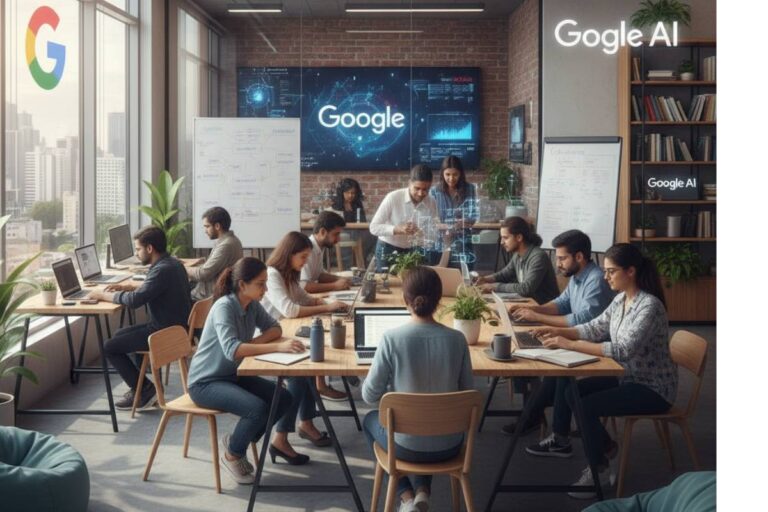The Real Estate Boom in the Northern Emirates Doesn’t Seem to Be Slowing Down
The real estate market in Ras Al Khaimah is… well, it’s on fire right now. And that’s not just business talk. The numbers tell a story that would make any developer’s heart race: apartment prices are getting close to Dh2,000 per square foot, and the rally that started last year shows no signs of slowing down.
But here’s the thing: this isn’t just another bubble that’s going to pop. These numbers mean something real.
Market Performance Goes Against What Was Expected
Even the most hopeful analysts didn’t see what happened in the second quarter of 2025 coming. Prices for apartments shot up to almost Dh2,000 per square foot, while prices for villas reached about Dh1,200 per square foot. We’re not just talking about small gains here.
Key price increases across different areas:
- Al Marjan Island: 71% increase in apartment prices from the previous year
- Al Hamra: 39% increase in apartment prices, plus 20% average increase in villa prices
- Mina Al Arab: 22% increase in apartment prices
Before you start to think that this is just speculation pushing prices through the roof, CBRE analysts give you some interesting background. They say, “These increases are due to a shift in the market toward a new basket of premium projects, not because prices are going up in existing stock.”
What does that mean? It’s not like properties that are already there suddenly become 70% more valuable. Instead, developers are building more expensive projects that cost more, which raises the overall market average.
The Wynn Effect: A Big Deal for RAK
This is where things start to get really interesting. The Wynn Al Marjan Resort, which will open in 2027, is not just another high-end hotel. It’s changing the whole property market in RAK.
CBRE analysts said, “The Wynn Resort’s momentum is still the main driver, changing the market.” And they aren’t lying. Developers all over the emirate are racing to get ready for the influx of wealthy people that the resort is expected to bring in.
This doesn’t just happen on Al Marjan Island. People in Mina Al Arab, Al Hamra, and the new Beach District are feeling the effects of the waves. Developers are “actively expanding and responding with upscale offerings, aiming to capture the influx of HNWI drawn by the resort’s appeal.”
It’s interesting how one big event can change the course of real estate in an entire emirate.
The Numbers Game of Supply and Demand
You might be surprised to learn that RAK isn’t really flooding the market with new properties, even though it has grown so much. In the first half of 2025, only 570 units were delivered, while in all of 2024, there were more than 1,800 units delivered.
That small amount? It’s also putting a lot of pressure on the rental market:
- Overall rent increase: 5% in the second quarter
- Mina Al Arab: 12.4% increase (highest)
- Villa rents: 6% increase
“Strong economic activity, a growing population attracted by new job opportunities, and limited new supply” are all reasons why rents are going up, according to CBRE analysts.
The Rally is Supported by the Economy
There are reasons for this property boom. The bigger picture of RAK’s economy gives the real estate boom a strong base.
Economic growth projections:
- S&P Global prediction: 4.2% annual GDP growth until 2027
- RAK government prediction: 6.1% growth through 2026
- Foreign Direct Investment: Dh700 million received in the first half of 2025
Tourism Growth Drives Property Demand
RAK had 1.3 million visitors in 2024, and it is steadily working toward its goal of 3 million visitors a year by 2030. The first quarter of 2025 was the best ever for hotels, thanks to an increase in both domestic and international tourism.
This boom in tourism creates a good cycle. When more people come to town, there is more demand for short-term rentals and vacation homes. That higher demand keeps property prices and rental yields high, which brings in more investors.
Luxury and Branded Developments are Leading the Way
This is where RAK is really getting smart about how to market itself. A lot of the demand is coming from luxury and branded developments, especially on Al Marjan Island:
- More than AED 2.4 billion in off-plan sales
- Branded homes expected to make up 25% of future supply
It’s not enough to just put a luxury brand on a building and call it a day. These new developments are offering something new: integrated lifestyle experiences that appeal to wealthy people who want more than just a place to live.
Developer Response: New Ideas and Changes
RAK Properties, the emirate’s biggest publicly traded developer, had some great numbers for the first quarter of 2025:
- Revenue increase: 28% to AED 370 million compared to the same period last year
- Pre-tax profit: 64% increase to AED 74 million
- Development backlog: AED 2.33 billion as of March 31, 2025
But what might be most interesting is how developers are changing to meet the needs of buyers. RAK Properties recently said that they are working with the fintech platform Hubpay to make it easier to buy real estate with cryptocurrencies like Bitcoin. RAK is staying ahead of the game because of this kind of forward-thinking approach.
RAK Central: Meeting the Demand
RAK just opened RAK Central this week. It’s a new residential and commercial area that will have more than 4,000 homes. It’s not just about adding supply; it’s also about making communities that work together to meet the needs of both domestic and foreign investors.
The timing couldn’t be better. Property prices are getting close to record highs, and demand isn’t slowing down. Projects like RAK Central help the emirate handle growth without putting too much pressure on prices.
The Current Price Landscape: A Breakdown of the Numbers
Recent information shows how much RAK’s real estate market has changed:
- Average apartment price: AED 2,616 per square foot
- Average house price: AED 2,520 per square foot
Detailed price breakdown by unit type:
- Studio apartments: AED 1,999 per square foot
- 2-bedroom units: AED 2,861 per square foot
- 3-bedroom units: AED 2,846 per square foot
- 4-bedroom units: AED 3,305 per square foot
These numbers show that bigger units are selling for more money, which means that families and investors who want big properties are very interested in them.
In the Region: RAK vs. Dubai
Dubai’s real estate market is still going up, with villa prices up 29% from last year and apartment prices up 20%. RAK, on the other hand, is finding its own unique place in the market.
Dubai’s success has certainly made UAE real estate more well-known, but RAK is different. It doesn’t want to compete directly with Dubai’s high-end market. Instead, it’s trying to be a high-end destination that offers better value and a different way of life.
Investment Landscape: Innovation and Diversification
People who invest in real estate in RAK today aren’t just looking at the old buy-and-hold methods. There is demand in the market for:
- Smart homes with technology in great places
- Developments that focus on the community
- Homes in the Dh1–3 million range that offer “affordable luxury”
- Investment options that are flexible across both planned and ready properties
This change in what investors want is helping to keep demand steady across a range of property types and prices.
Looking Ahead: Will Growth Be Sustainable or a Speculative Bubble?
The big question on everyone’s mind is whether this will last.
The case for sustainability:
- RAK’s economy is becoming more diverse
- Tourism is growing steadily
- Big infrastructure investments like the Wynn Resort
Potential risks to watch:
- Prices are currently supported by a lack of supply
- Risk of oversupply if developers build too quickly
- Potential decrease in international investor demand if the global economy worsens
Support from the Government and a Plan for the Future
The government of RAK isn’t just sitting back and watching the property boom happen. They are actively helping growth by making strategic investments in infrastructure and other areas. The emirate’s vision goes beyond short-term gains; they’re working on long-term economic diversification and sustainable development.
This support from the government is a key part of the property market’s continued growth. It’s not just a matter of letting the market do its thing; there is a plan behind the boom.
The Tech Factor
Technology is one thing that is often left out of property market analysis. More and more, RAK developers are adding smart home features, eco-friendly building methods, and technology platforms that work together to their projects.
This isn’t just about keeping up with the times; it’s also about making sure that investments will last and attracting tech-savvy buyers who want their homes to be as connected as their workplaces.
Problems and Chances Ahead
The property market in RAK is on the right track, but it does have some problems. It takes careful balancing to:
- Manage growth in a way that is good for the environment
- Make sure that the emirate’s infrastructure can keep up with development
- Keep the emirate’s appeal as a premium but accessible destination
The Wynn Resort is set to open in 2027, which gives investors and developers a clear timeline for when they can keep investing and building. The emirate’s growing reputation as a place for business and tourism will also help keep property demand high in the long term.
RAK’s property boom isn’t just another story about real estate in the Middle East. This is an example of how strategic vision, economic diversification, and smart positioning can change a market. RAK has become a major player in the UAE’s real estate market, with prices for apartments nearing Dh2,000 per square foot and strong fundamentals supporting continued growth.
The question isn’t whether the rally will keep going; the economy and the development pipeline say it will. The real question is how RAK will handle this growth so that it stays stable and keeps attracting the right kind of long-term investment. Based on current trends and plans, the emirate seems to be in a good position to find this balance.








